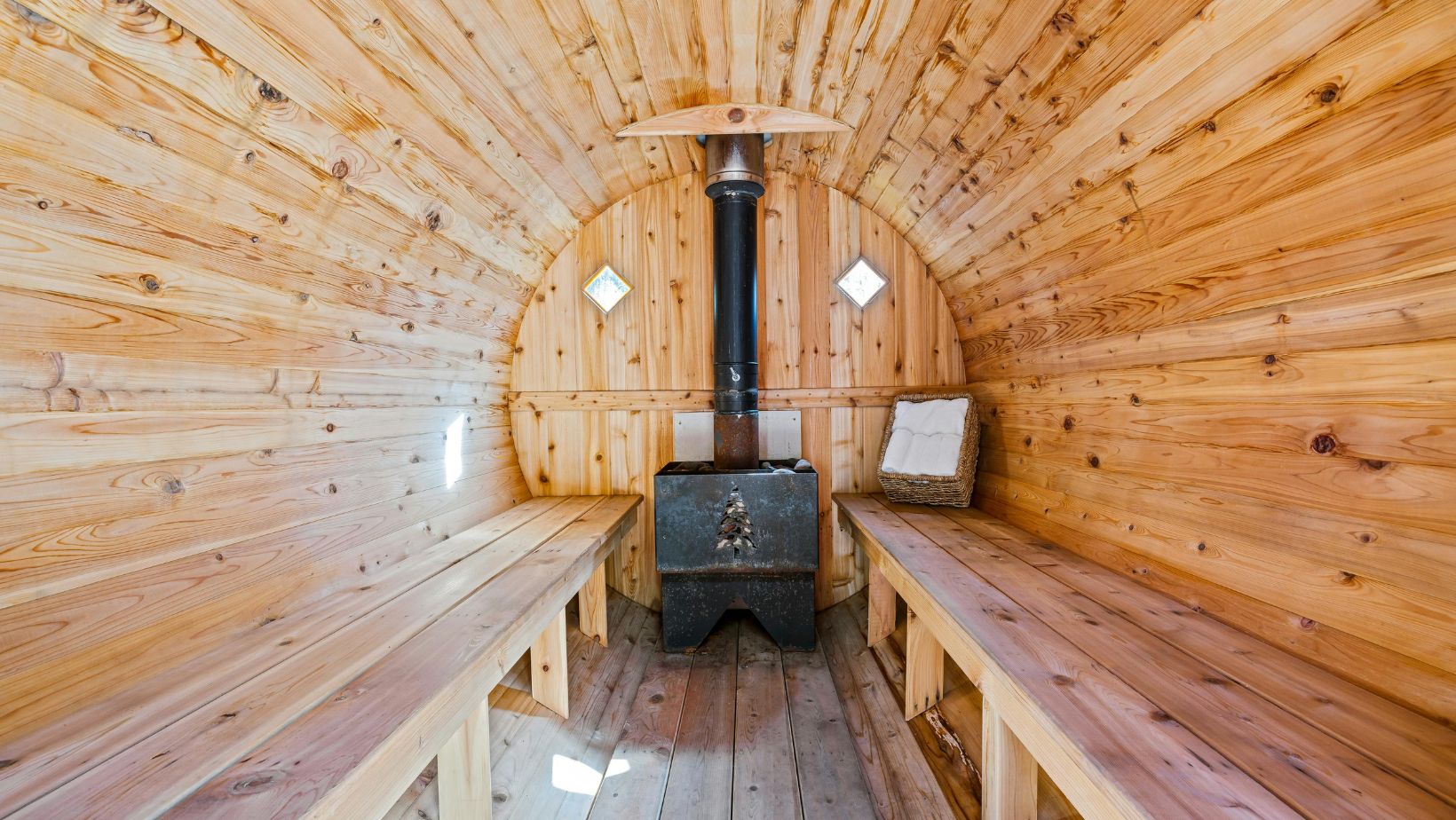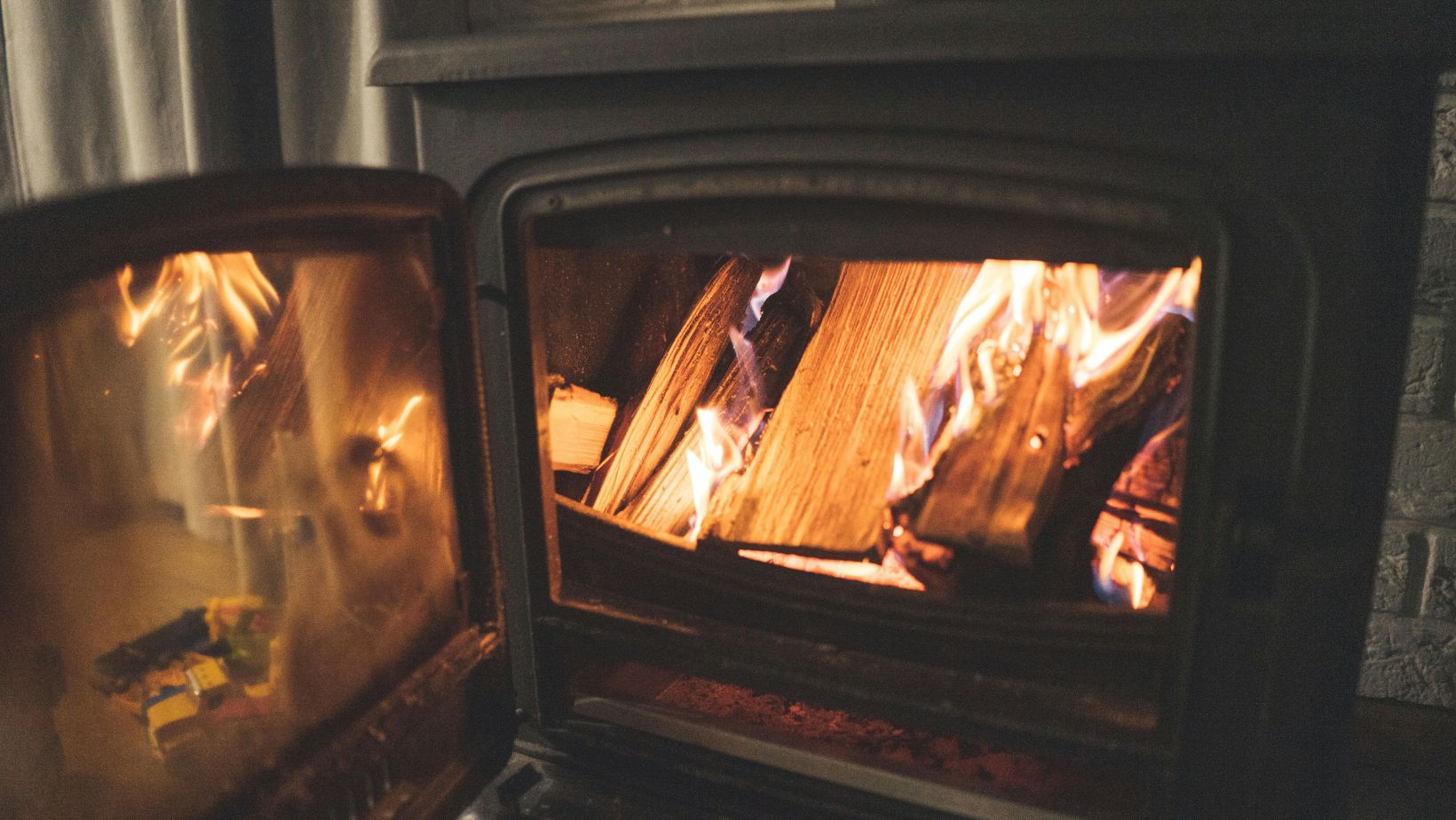
If you own a wood-burning stove, you know how great it is for keeping your home warm. But here’s the thing—not all the heat reaches where you need it most. That’s where stove fans come in. They help distribute the heat, making your space warmer and more comfortable.
But placement? That’s key. Put the fan in the wrong spot, and you won’t get the best results. Worse, you could even damage your fan. So, where should you place it for maximum heat efficiency? Stick around. We’re breaking it all down. Whether you’re new to using fans for wood-burning stoves or looking to improve your current setup, this guide will help you get the most out of your heating system.
How a Stove Fan Works
A stove fan isn’t just a fancy gadget—it’s a smart tool that pushes warm air from your stove into the room. Instead of letting heat rise straight up, it spreads warmth horizontally, making sure it reaches every corner.
Most stove fans are heat-powered. That means they don’t use batteries or electricity. Instead, they rely on the heat from your stove to generate power. No extra energy needed—just physics doing its job.
Why Proper Placement Matters
Now, you might think you can plop the fan anywhere on the stove, and it’ll do its thing. Not quite. Placement affects everything:
- Efficiency: The correct position helps move heat faster and farther.
- Lifespan: Put it in the wrong spot, and you could damage the fan.
- Safety: If it’s too close to the flue or off-balance, it could overheat or tip over.
Placing the fan in the optimal location allows it to harness the stove’s heat while ensuring a steady airflow. A poorly placed fan won’t push warm air effectively, leaving parts of your room cold while wasting the stove’s heating potential. Learning where and how to position your fan is crucial to maximizing warmth and fuel efficiency.
Different Types of Stove Fans and Their Placement
Standard Wood Stove Fans
Most standard stove fans sit on top of the stove, near the back or side. But not too far back—you don’t want them close to the flue. Ideally, they should be 6-12 inches from the stove pipe for the best heat distribution.
The goal? Catch the rising heat and push it into the room. If the fan is too far from the hottest part of the stove, it won’t generate enough power to work effectively. Standard fans are great for most traditional wood-burning stoves, but their effectiveness still depends on proper placement.
Some users experiment with positioning to find the “sweet spot” for their particular stove model. If you notice uneven heat distribution, try shifting the fan slightly to see if it improves airflow.
Twin-Blade vs. Single-Blade Models
Some stove fans come with two blades instead of one. What’s the difference?
- Twin-blade fans: Move air in two directions, spreading heat faster. They are ideal for large spaces where heat needs to be distributed over a wide area.
- Single-blade fans: Focus air in one direction, great for smaller spaces. If your room is compact, a single-blade fan may provide just the right amount of airflow without overwhelming the space.
Choosing between these models depends on your room’s layout and the stove’s location. If you have an open-plan living space, a twin-blade model can help push warm air farther. However, if your stove is in a corner, a single-blade fan might be more efficient at directing warmth where you need it most.
Heat-Powered vs. Electric Fans
Heat-powered fans are the most popular choice because they work automatically when the stove heats up. No cords. No fuss. Just pure efficiency. They require no external power source, making them perfect for off-grid homes or those looking to conserve energy.
Electric fans, on the other hand, require power but often come with speed controls. These can be useful if you want to adjust airflow manually or need a stronger push of heat in larger rooms. Some electric models also have timers, remote controls, and additional settings that let you customize how the fan operates.
Common Mistakes to Avoid
Placing the Fan Too Close to the Flue
Your stove’s flue pipe gets extremely hot. If you place the fan too close, it could overheat and stop working. Keep it at least 6 inches away for safety. Some high-temperature models can withstand slightly closer placement, but always check the manufacturer’s recommendations.
Positioning It Too Far from the Heat Source
On the flip side, placing the fan too far from the heat source means it won’t generate enough power to operate. Find that sweet spot where it gets just enough heat but isn’t exposed to extreme temperatures.
Using the Fan on an Unsuitable Surface
Some people try placing stove fans on shelves, mantels, or hearths. That’s a mistake. They’re designed to sit directly on the stove’s hot surface, where they can absorb heat and function properly.
How Stove Fan Placement Affects Heat Distribution
Directing Heat Across the Room
The whole point of a stove fan is to spread heat evenly. If it’s positioned correctly, it can push warm air further into the room instead of letting it linger near the stove.
Improving Air Circulation
Ever notice how some areas in your home feel colder than others? That’s because heat rises and gets trapped. A stove fan circulates warm air, balancing out the temperature in the room.
Reducing Cold Spots
Without a stove fan, corners of the room stay chilly while the area around the stove is too hot. Proper placement helps eliminate these cold zones, making every part of the room more comfortable.
Additional Tips for Maximizing Stove Efficiency
Maintain Proper Ventilation
Your stove works best when the air flows freely. Make sure vents and pathways are clear. If your home feels stuffy, crack open a window slightly. Fresh air helps fuel the fire, making the stove more efficient.
Use a Thermometer to Monitor Heat
Wondering if your stove is too hot or too cool? A thermometer can help. Place it near your stove fan to track temperatures. This ensures you’re getting the best performance without overheating the fan.
Choose the Right Fan for Your Space
Not all stove fans are created equal. If you have a large open-plan living area, a bigger, more powerful fan is best. For smaller rooms, a compact fan will do the job. Check out retailers like Northline Express for a variety of options that fit your needs.
Adjust Your Fan as Needed
Sometimes, a slight repositioning makes all the difference. Experiment with different spots on your stove and see how it affects heat distribution. Small adjustments can lead to big improvements.
Clean and Maintain Your Fan
Like any household tool, your stove fan needs occasional cleaning. Dust and soot can build up, affecting performance. Wipe it down regularly and check for any blockages in the blades. A well-maintained fan lasts longer and works better.
Enhancing Comfort and Efficiency
Placing a stove fan correctly isn’t complicated, but it does make a huge difference. Get it right, and you’ll enjoy warmer rooms, better heat circulation, and lower heating costs.
So, test out different placements, keep an eye on heat levels, and make small adjustments as needed. With the right setup, your stove fan will work harder for you—without any extra effort.







